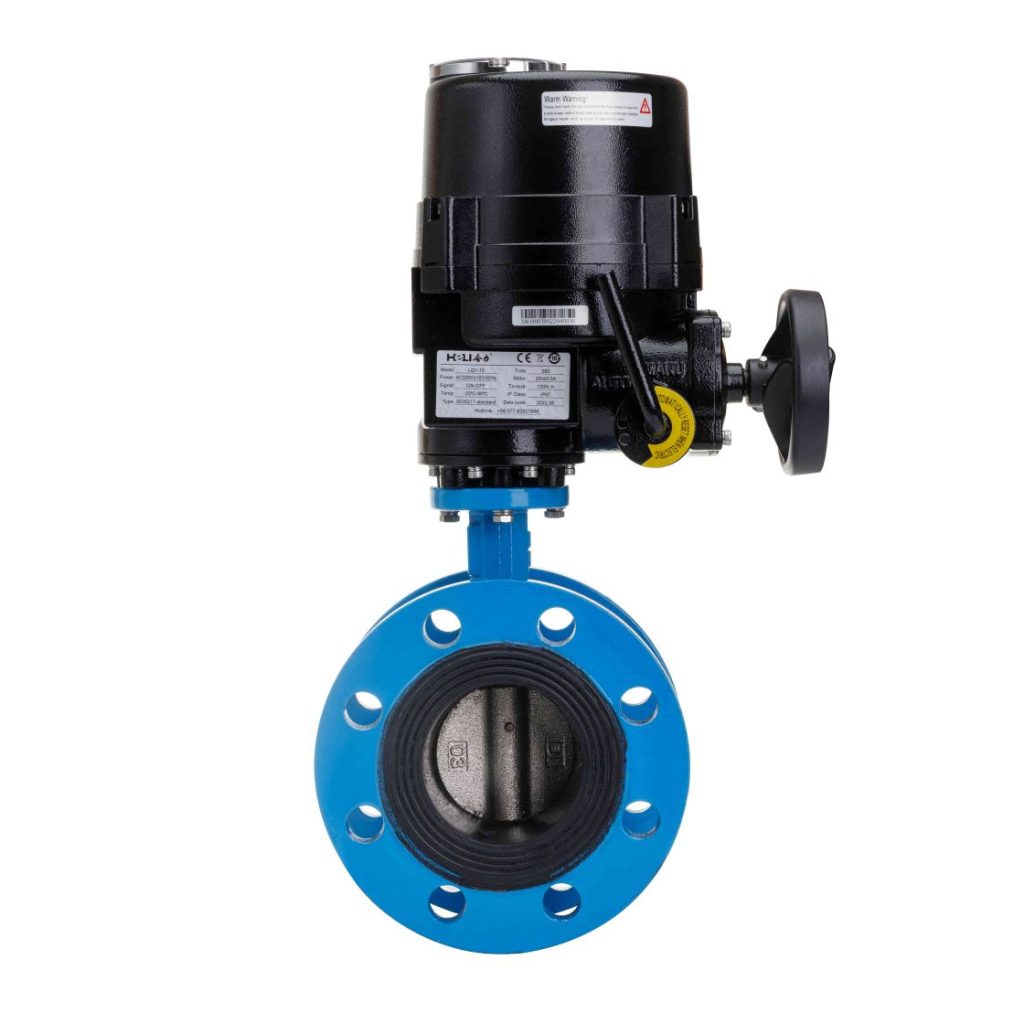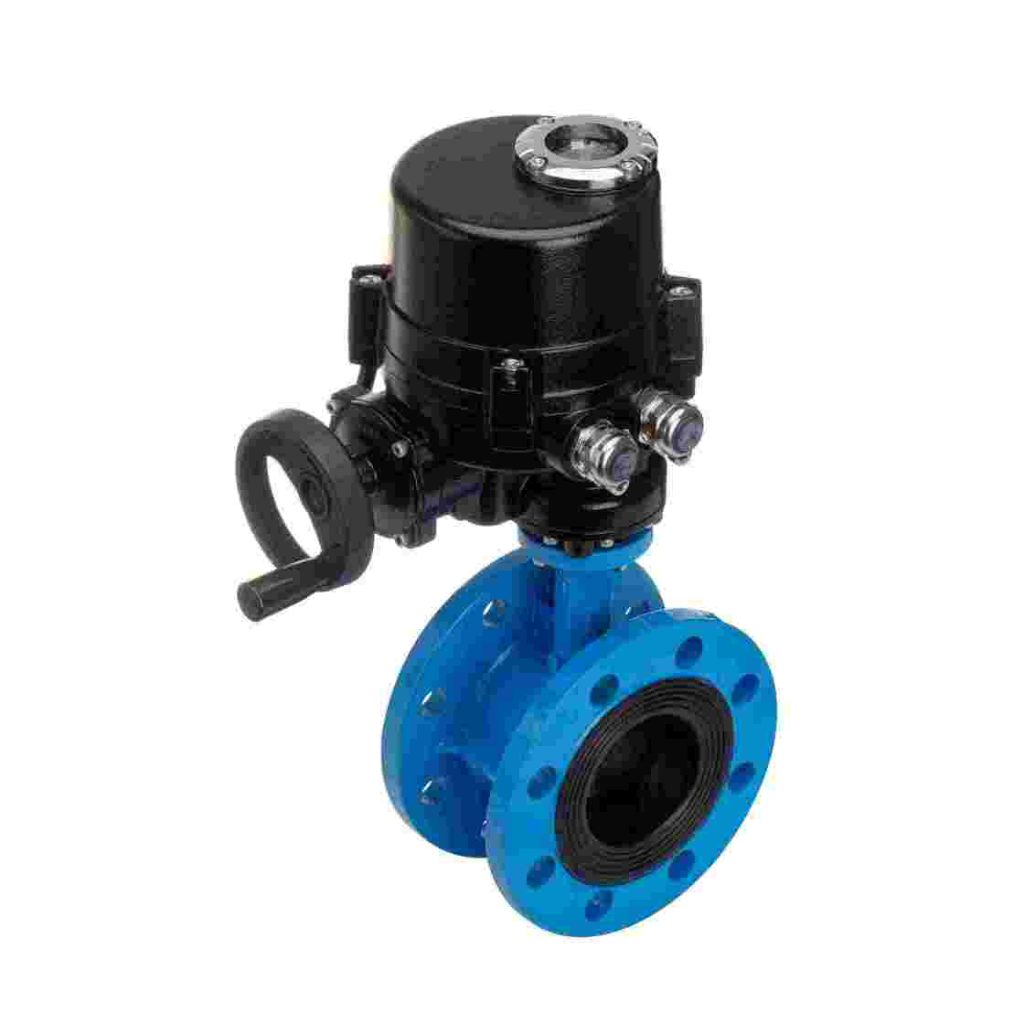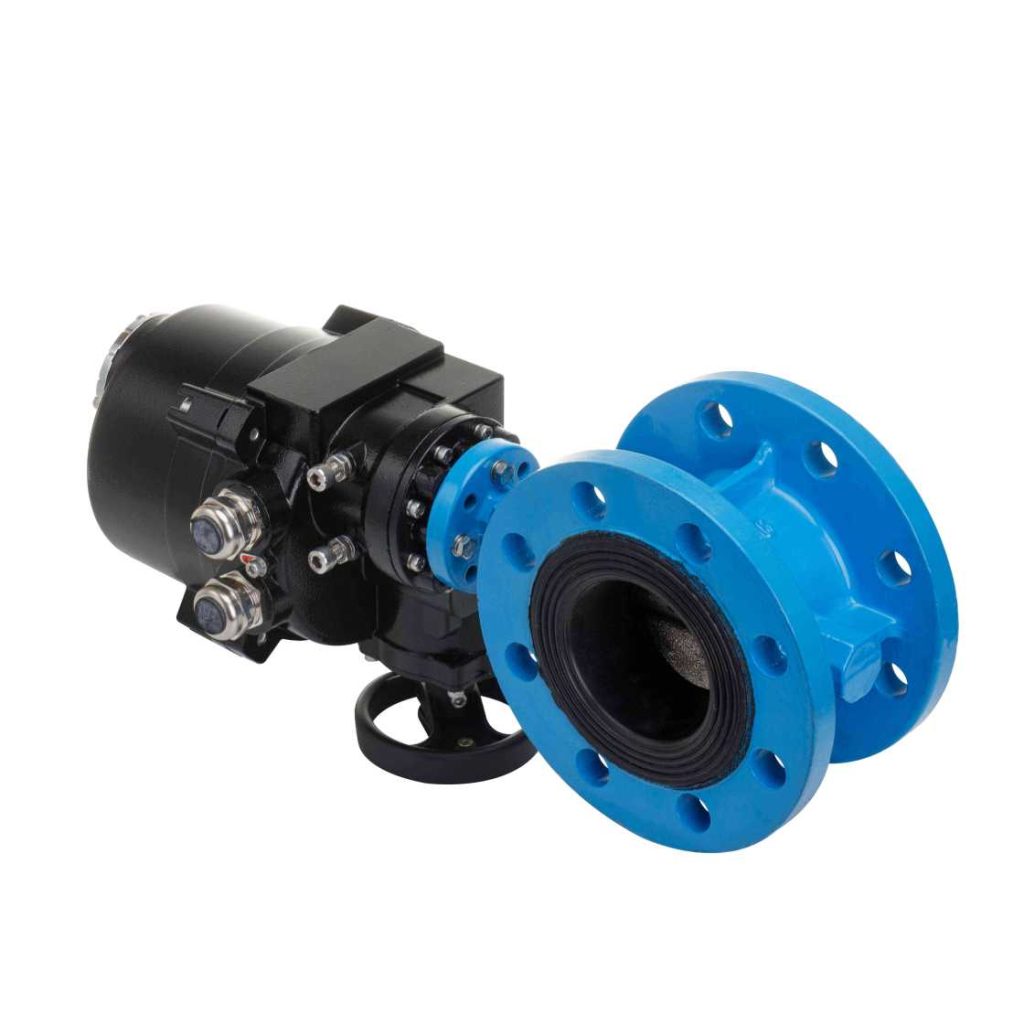The WCB Electric Flanged Butterfly Valve is an essential component in the field of industrial fluid control systems. Widely recognized for its efficiency, durability, and versatility, this valve type is an ideal solution for regulating the flow of liquids and gases in various sectors, including water treatment, chemical processing, and HVAC systems. This article delves into the features, benefits, applications, and maintenance of the WCB Electric Flanged Butterfly Valve, highlighting why it is an indispensable tool in modern industrial settings.

What is a WCB Electric Flanged Butterfly Valve?

A WCB Electric Flanged Butterfly Valve is a type of quarter-turn valve, characterized by its disk-shaped closure element that rotates to regulate the flow of a fluid. The term “WCB” refers to the material used for the valve’s body, which is a type of cast carbon steel (WCB) known for its robust mechanical properties and resistance to wear and corrosion. The electric actuator is integrated into the valve, allowing it to be operated remotely or automatically, making it ideal for automated systems that require precise control over flow rates and shut-off functions. Key Features and Benefits
